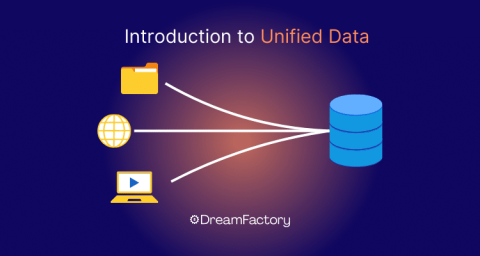Guide to Comma Separated Values in Data Integration
Today’s business environment depends on collecting and analyzing a broad range of data. Data integration, therefore, has become critical when consolidating diverse data types. Without data integration, you’re left with siloed information that’s very difficult—if not impossible—to analyze. Comma-separated values play a fundamental role in data integration, especially when you need to join tables that share column names or want to move datasets between analytical tools.









